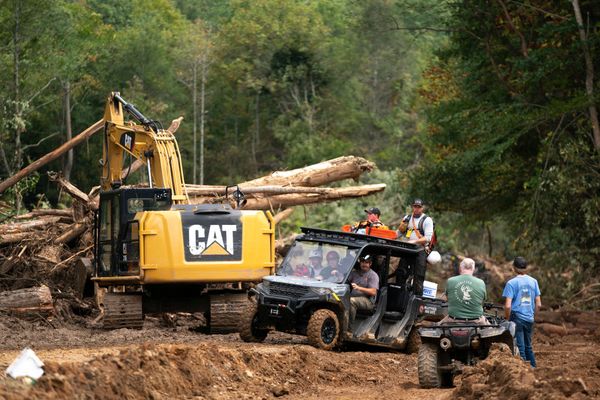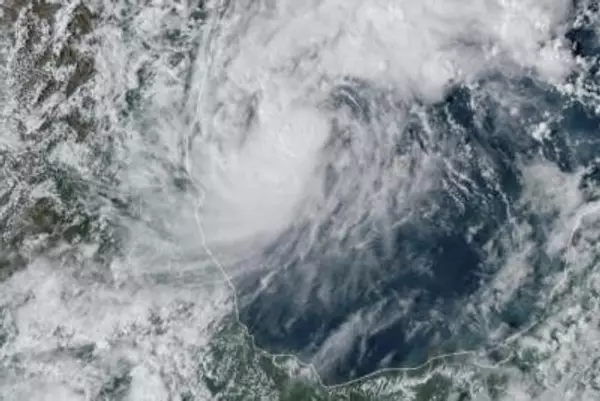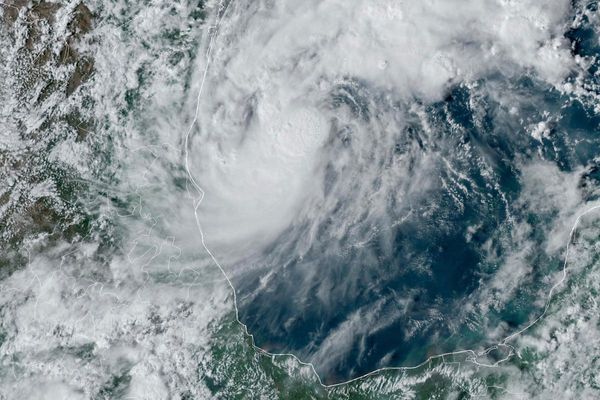
The number of ambulance call-outs in NSW reached at least a decade high in the final quarter of last year, with emergency departments also experiencing near-record demand.
Authorities continue to urge patients to keep emergency departments for emergencies, with more than half of all presentations during the period classified as semi-urgent and non-urgent.
Between October and December 2022, there were 346,748 ambulance responses, more than in any quarter since the NSW Bureau of Health Information began keeping records in 2010.
During the same period, there were 790,309 emergency presentations, up 1.8 per cent compared with the final quarter of 2019.
Staff in NSW emergency departments encountered a record number of the highest two category triage patients, with 6175 and 113,435 respectively.
The data shows almost 68,000 emergency patients left without, or before, completing treatment.
NSW Health Deputy Secretary Adjunct Professor Matthew Daly noted almost half, or 370,000 of all emergency patients, were of the less serious variety, placing additional stress on the system working hard to bounce back from the pandemic.
“We urge the community to please support our hardworking frontline staff by saving our emergency departments and ambulances for saving lives,” Mr Daly said.
“Our emergency departments will always prioritise critically ill and seriously unwell patients first, which unfortunately can result in less urgent cases waiting longer.”
For patients presenting at emergency departments, 66.4 per cent started their treatment on time and 78 per cent had their care transferred from paramedics to emergency staff within 30 minutes.
Waiting lists for elective surgery remained longer than pre-pandemic, with 99,300 patients listed at the end of December 2022 compared with 88,044 at the end of 2019.
Of those patients, 17,074 waited longer than clinically recommended.
“We remain focused on addressing the minority of people on the list whose surgeries are overdue, particularly those in the non-urgent category who were most impacted by the temporary suspensions during the pandemic response,” Prof Daly said.
The latest data has prompted Australian Medical Association NSW president Michael Bonning to urge political parties to commit to reducing the number of patients waiting for elective surgery.
“We need politicians to stand up and say that having 100,000 patients on the elective surgery waiting list is not acceptable and that there is a clear plan to address this backlog,” he said.
“These are patients whose lives are on hold while they wait for surgery to fix conditions that are often painful and debilitating.
“Operating theatres are sitting empty because we don’t have the doctors and nurses needed to staff them.”
BHI Chief Executive, Diane Watson said demand for ambulances and emergency department access had been steadily increasing since long before the arrival of COVID-19.
Health Services Union NSW Secretary Gerard Hayes said paramedics in NSW are on the worst pay scale in the country, prompting many to move interstate where housing is cheaper and wages are higher.
“While they’re committed to helping the public they also have to feed their families,” he said.
“It’s no surprise that our remaining workforce is stretched to the bone and fatigued to breaking point.”
The NSW Nurses and Midwives’ Association general secretary, Shaye Candish has escalated calls for nurse-to-patient ratios.
“Urgent investment is needed in our skilled nursing workforce which has suffered widespread burnout and fatigue,” she said.
“NSW patients deserve better.”
Opposition Leader Chris Minns said a Labor government would repair the health system.
“We’ll introduce safe staffing levels in NSW hospitals, starting with EDs,” he said.
“It will help with workloads, it will take pressure off nurses and ensure they can treat patients with the care they deserve and need.
– AAP







